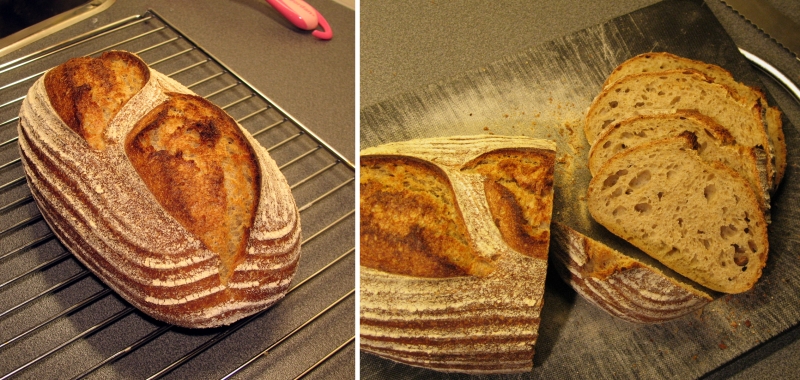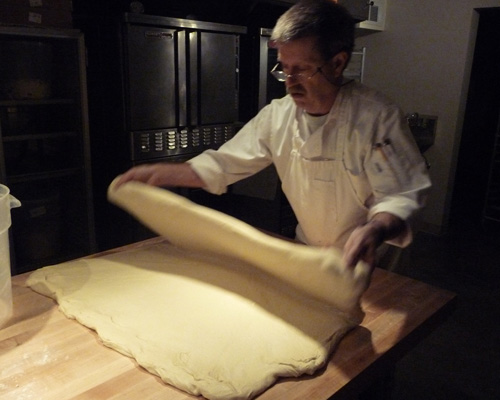Gluten Free Sourdough Bread as an Intuitive Art
After nearly 4 years of gluten free sourdough experimentation and observation I can now intuitively work with the never ending variations that emerge during the sourdough process. Much like people, every gluten free sourdough starter is unique. They respond to temperature, humidity, air flow, and miniscule differences in measurements.
Lately, I’ve become so adept at this kind of baking that I can “correct’ the starter or bread dough as I move through the tasks rather than dutifully following the recipe and ending up with a brick.
- Log in or register to post comments
- 2 comments
- View post
- sharonk's Blog

